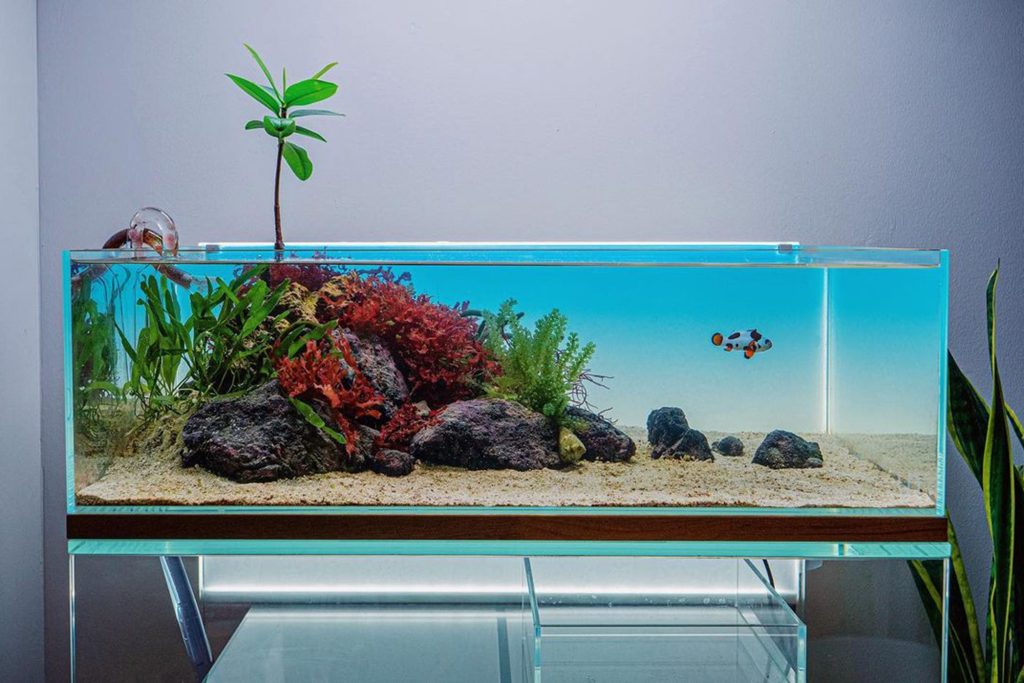Aquarium enthusiasts constantly strive to maintain pristine conditions for their aquatic inhabitants. While the usual suspects filters, water conditioners, and regular maintenance are essential, one unsung hero often goes unnoticed – springtails. These tiny, wingless insects, scientifically known as Collembola, play a surprisingly significant role in maintaining water quality within aquariums. Springtails are minuscule, soil-dwelling organisms that measure between 1 to 2 millimeters in length. These resilient creatures thrive in moist environments and are found in leaf litter, soil, and decaying plant matter.
The Aquarium Ecosystem
An aquarium is a delicate ecosystem where every component, from the fish to the plants and microorganisms, plays a critical role in maintaining balance. Springtails, often introduced unintentionally through plants or substrate, can become an integral part of this micro-ecosystem. While some aquarists might view these tiny creatures as pests, they are far from it. In fact, they contribute positively to the health of the aquarium.

Natural Decomposers
One of the primary roles of terrarium springtail in an aquarium is that of decomposers. They feed on decaying organic matter, such as uneaten fish food, dead plant material, and fish waste. By consuming this detritus, springtails help break it down into simpler compounds that can be more easily processed by beneficial bacteria in the aquarium. This process is crucial in preventing the buildup of organic waste, which can lead to elevated ammonia and nitrate levels both harmful to fish and other aquatic life.
Supporting Beneficial Bacteria
Beneficial bacteria are essential for maintaining water quality in aquariums. These bacteria break down harmful substances like ammonia and nitrites into less toxic nitrates. Springtails support these bacterial colonies by breaking down organic matter into smaller particles, providing more surface area for bacterial colonization. Additionally, the waste produced by springtails themselves becomes a nutrient source for these bacteria, further enhancing their growth and activity.
Enhancing Substrate Health
The health of the substrate, or the material at the bottom of the aquarium, is vital for plant growth and overall water quality. Springtails help aerate the substrate by burrowing and moving through it, preventing compaction and promoting healthy root growth for aquatic plants. Their constant movement also helps distribute nutrients more evenly throughout the substrate, ensuring that plants have access to the essential elements they need to thrive.
Natural Algae Control
Algae can be a persistent problem in aquariums, leading to unsightly green water and potentially harming aquatic life. The springtail contributes to algae control by consuming algae spores and other microscopic organic matter that can serve as a food source for algae. While they are not a substitute for proper tank maintenance and algae management practices, springtails can be a valuable ally in keeping algae growth in check.
In the quest for maintaining optimal water quality in aquariums, springtails are an often overlooked but highly beneficial component. Their roles as natural decomposers, supporters of beneficial bacteria, enhancers of substrate health, and contributors to algae control make them invaluable allies in the delicate balance of the aquarium ecosystem. By recognizing and embracing the presence of these tiny creatures, aquarists can leverage their natural abilities to maintain cleaner, healthier environments for their aquatic pets and plants.
